Heating Up In The Garden
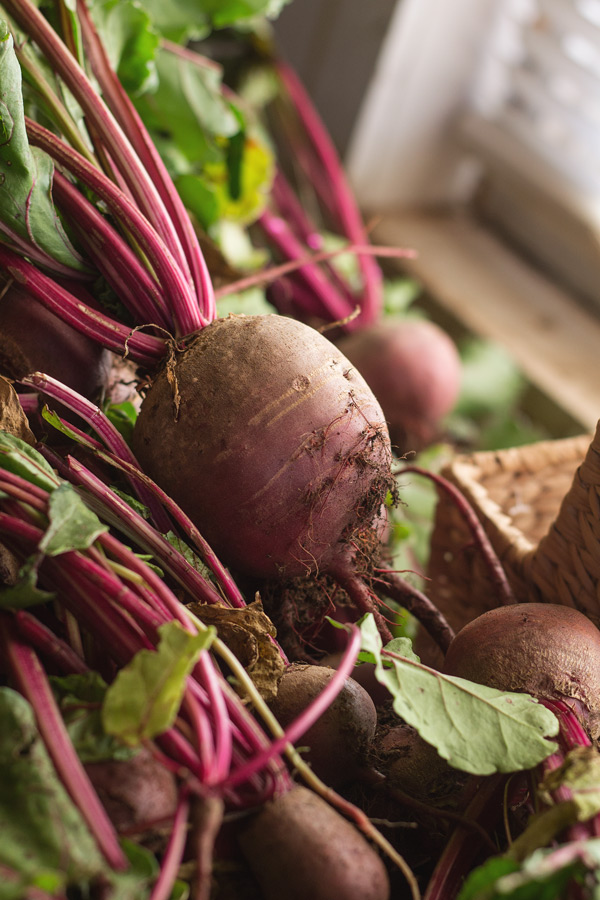
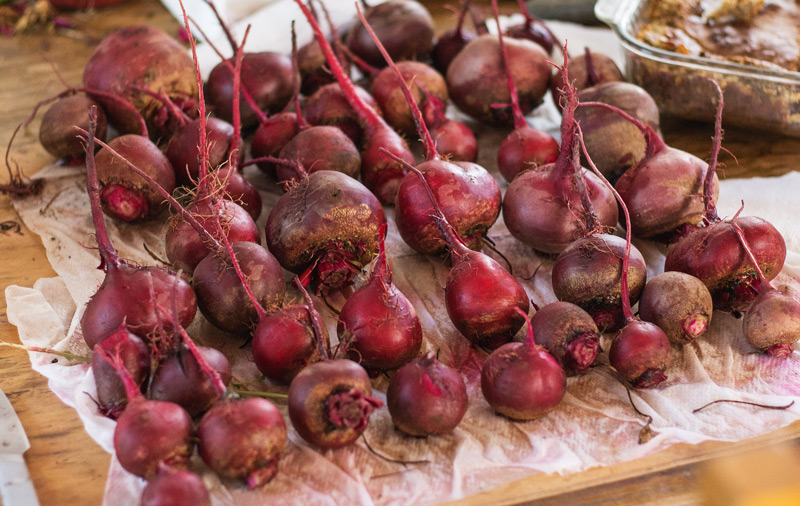
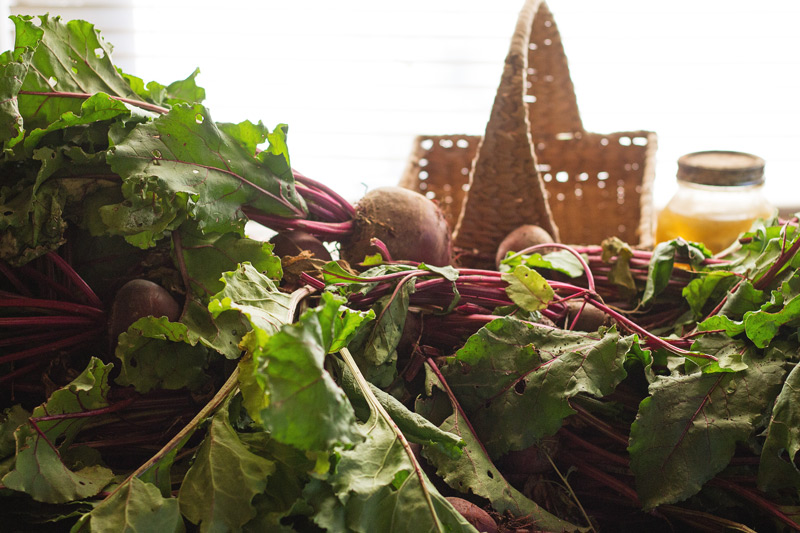
The transition from spring to summer became official in the garden when, about two weeks ago now, temperatures reached triple digits more often than not. Some years are just like that – a late frost and a month later it is 100 degrees most days until September.
As you can imagine, most of the spring stuff is nearly done. The lettuce has just a couple of heads remaining for seed. We used this Cosmo variety this year and were really pleased with how well it handled both the frost and the heat. The beets are just waiting for me. We have about one more harvest that will make its way to the canner, Lord willing.
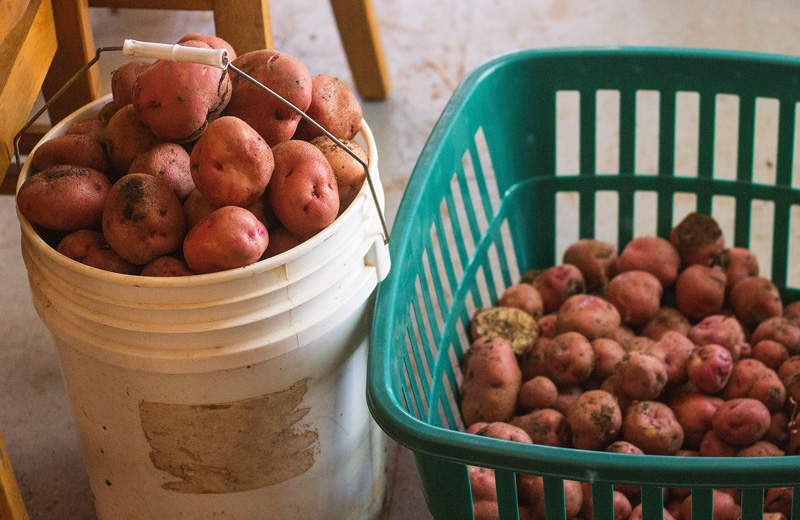
The potatoes started to die back as soon as the temperatures remained at 100 for more than a few days, so we’ve started our larger harvesting efforts. I think we have about four more rows to harvest, if my little garden messengers are correct. My first canner load is coming out shortly and we will continue to harvest, can and eat through them over the coming weeks. It is just too warm, even in the root cellar, to store them for very long.
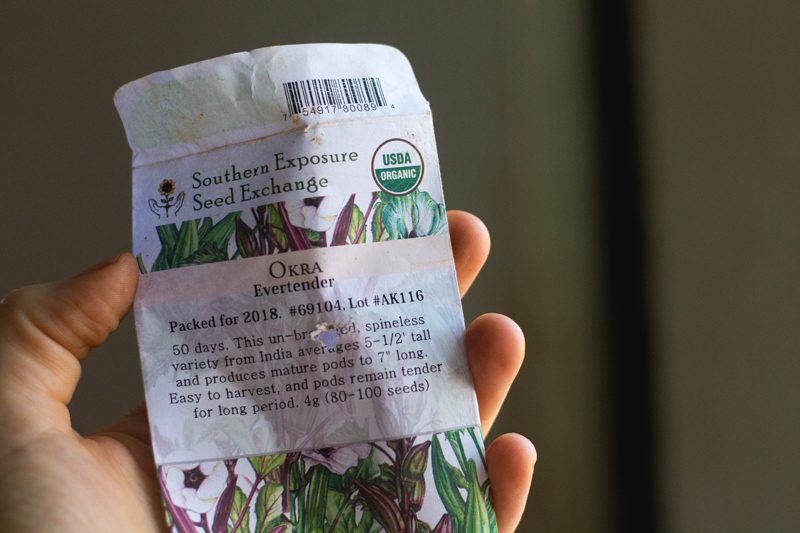
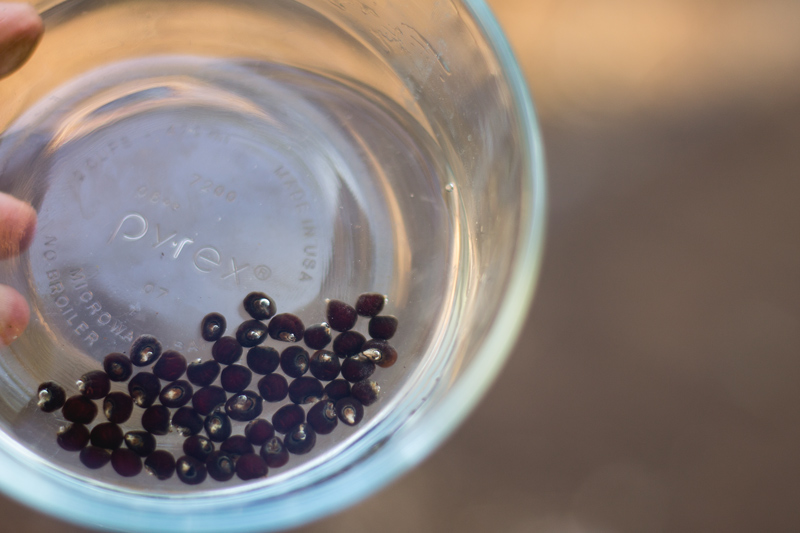
And a surefire sign summer is in full swing: I planted okra last week. I really like soaking seeds for about 8 hours before planting, especially when it is hot and dry. I find they require much less water and time for germination. I think these guys germinated within four days with gentle watering as needed.
Next week we are expecting over 200 sweet potato slips to arrive from Tatorman and I continue to do battle with the squash bugs and now the tan blister beetles (I think). It looks like putting the chickens in the garden before frosts this fall might be in order with this bug population. Or guineas? Or ducks?
How do you handle a major bug infestation?
Finally, I am eating my words as the squash and greens have completely dried up and green beans and tomatoes are just in the flowering stages. Lord willing, I am buying vegetables this week at the grocery store… at least a few… if I can bring myself to do it. Greens at least. The three collard plants barely holding on through the heat just aren’t enough for our chlorophyll-loving hearts.



Each plant seems to have its own pest that we fight in order to have a good harvest. Squash bugs and cabbage worms are the most invasive and the most hardy of all the insects that have ever invaded my garden. I use a lot of dawn dish soap mixed with water. The squash bugs die pretty quickly with the dawn and it doesn’t mess with the good insects. This year, I’ve not seen any squash bugs and my squash, zucchini, and pumpkins are producing like crazy. I learned that I need to plant the squash in very clean spots in my garden. My husband tills the soil over and over again and I rake up all the bits of grass and roots. I watch them very closely and if I see any evidence that the bugs are on the plants, I spray with the dawn. I’ve learned to cover the cabbage to keep the cabbage moths from laying their eggs and it helps. For the occasional cabbage worm, I either pick it off and squish it or I spray the cabbage with pepper spray. This year, I am fighting the horned tomato worms. This morning, I picked twelve off of my tomato plants. My grandson and husband took them to the river and caught catfish that we will have for dinner. I did notice that the tomato plants that weren’t near the dill and basil were the ones infested with the worms, so next year, I am planting more dill and more basil.
So excited for your new book – preordered mine months ago! Also have all your other cookbooks, really love your recipes and looking forward to your Summer batch of simple foods. Many blessings and thank you for sharing your lovely life.
Brooke S – Thanks so much! I hope you are enjoying The Doable Off-Grid Homestead. 🙂
Hi Shannon, I tried making the Taco Kraut recipe from your Traditionally Fermented Foods book, and it looked and smelled great the first week of fermentation. After that, it got this line of discoloration around the glass weight. I looks like it oxidized for some reason, like the brine I topped it off with wasn’t quite salty enough. It smells different now, too, not like rotten but just kind of…oxidized. Not as fresh. Do you think we can scrape off the top and eat the nice looking stuff below the line, or would you do that? I can take a pic if you want to see it.
Thanks,
Emily
Hi Emily,
Yes, I would try and scrape off the less pleasant looking top and dig into what’s below. If it smells fine and tastes fine, then it should still be good.